Intercropping
The art of growing multiple crops simultaneously
When you plant in a raised bed with intensively prepared soil, lovely rich compost and perfect conditions of sunlight and water, you should try intercropping, or stacking.
This is a system of planting crops that can grow in each others shade, or support the other members of the group, and use the soil and light to their full advantage.
A perfect triad that is often used as an example of intercropping is the ‘three sisters’ – corn, beans and squash.
The North American native people didn’t worry about making sure each plant got its own patch, they seeded them all together so that the benefits of companion planting could help them grow to their best ability.
The corn as it grows supports the beans, which climb up the stalks.
The squash grows between the corn and beans, shading the soil with its large leaves, preventing moisture loss and weed growth.
The harvest of all three crops coincides, making it to simply leave the field alone – no watering is needed, no weeding, or fertilizing.
In fact, weeds were accepted as a way to protect the soil from heavy rain, to shade the soil, and encourage the roots of the crop to seek out moisture below by breaking the trail with their own roots.
The corn is usually planted with a dead fish in each hole at planting time, the beans provide their own fertilizer as a nitrogen fixing plant, and the squash gleans whatever it can from the fish at the base of the corn plants.
Using this system in your own garden, you could plant pole beans climbing up willow sticks, and in their shade a crop of lettuce can be planted.
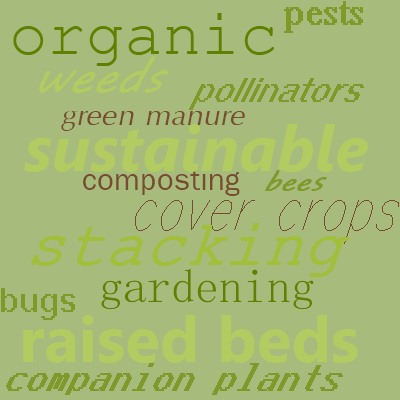
The lettuce likes the lower light levels in the shade of the beans, preventing them from bolting.
Short lived crops such as baby carrots , cut and come again greens, radishes and others can be intercropped with longer season crops, as they’ll be finished long before the main crop gets big enough to crowd them out.
Intercropping is a useful method when using the square foot gardening technique , and knowing which plants are good for companion planting will help decide which plants to grow together.
Growing vegetables in this way provides the right assistance to each crop; shelter, shade or support.
Sign up for
Out in the O-Garden Newsletter
and get your five part composting E-course - FREE!
Join my
email
group and get tips, information and more monthly-ish.
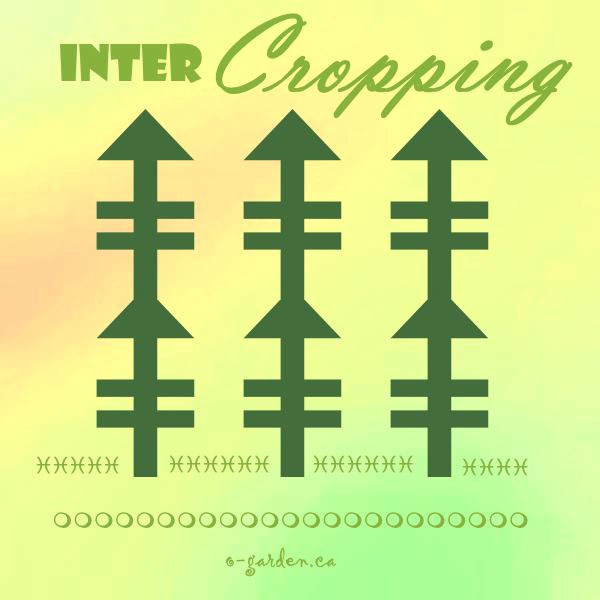
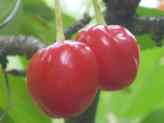

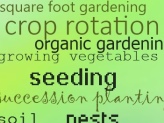
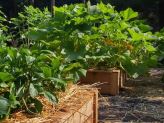
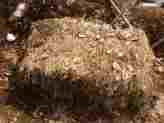

New! Comments
Have your say about what you just read! Leave me a comment in the box below.